Here are some key features and aspects of a wood finger shaping machine:
Structure
The machine typically consists of a sturdy frame or base that supports various components, including a cutting assembly, feed system, and control mechanisms. The frame may have adjustable settings to accommodate different sizes and shapes of wood components.
Cutting Assembly
The cutting assembly of the machine includes cutter heads or blades specifically designed to shape the wooden components into finger joint profiles. The cutter heads are configured to create complementary sets of interlocking fingers or tabs in the wood.
Feed System
The feed system is responsible for moving the wooden components through the machine and past the cutting assembly. It may include feed rollers, conveyor belts, or other mechanisms that ensure a consistent and controlled feed rate for accurate shaping.
Control Mechanisms
Wood finger shaping machines may have control mechanisms, such as a control panel, that allow operators to adjust parameters such as cutting depth, feed rate, and machine operation modes. These controls provide flexibility and precision in shaping the wood components.
Safety Features
Wood finger shaping machines are equipped with safety features to protect the operator during operation. These may include emergency stop buttons, safety interlocks, and guards to prevent access to moving parts.
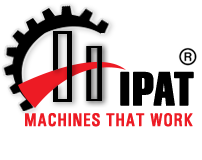
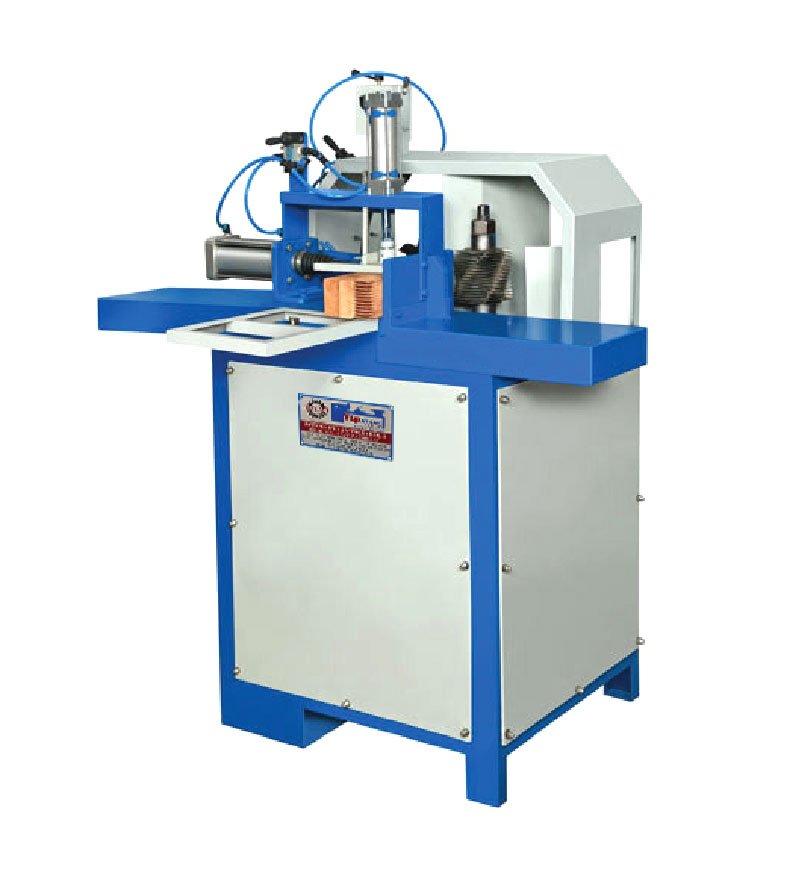
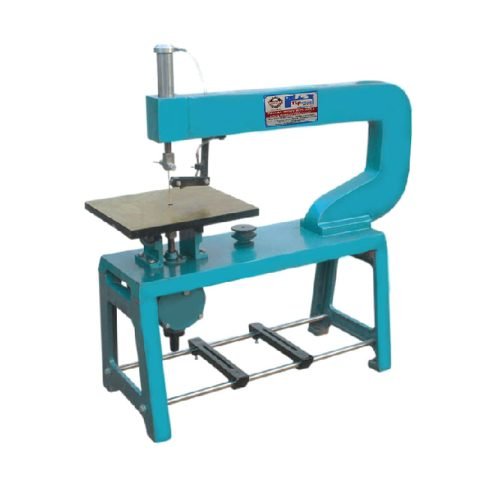
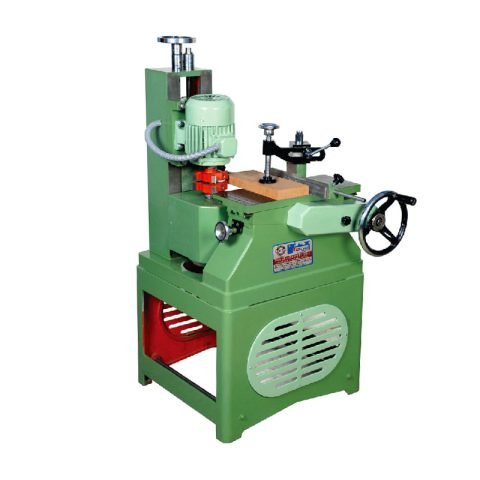

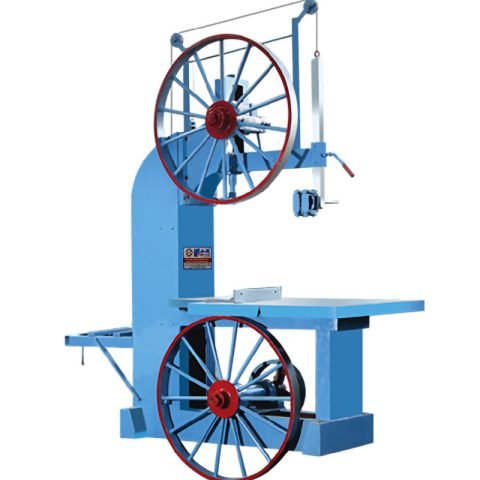





There are no reviews yet.